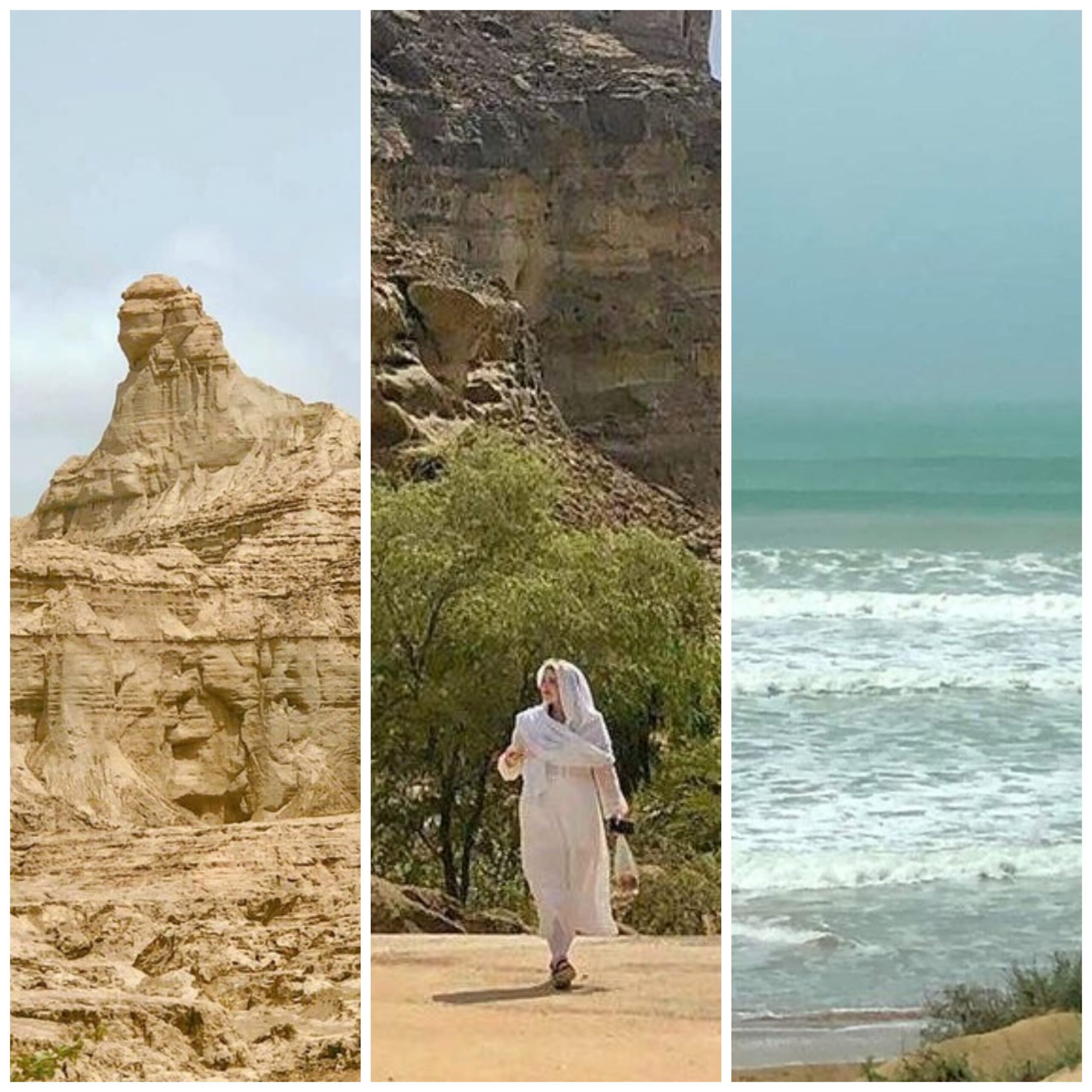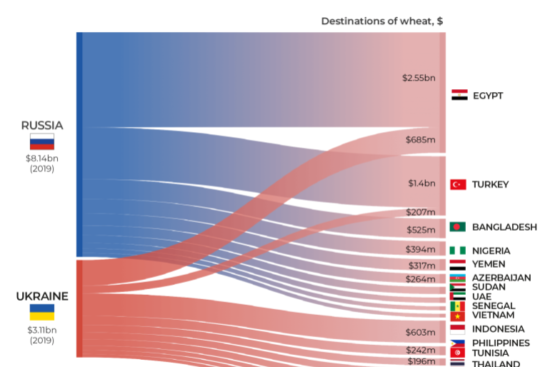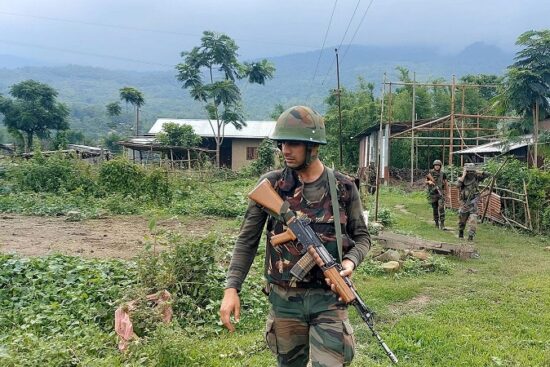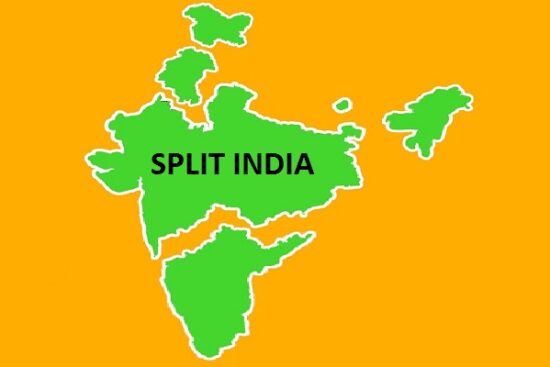
In the narrative covering Balochistan’s status before the creation of Pakistan, several misconceptions persist, notably the claim that Balochistan was an independent state forcibly annexed by Pakistan. This assertion is frequently used to fuel nationalist sentiments among Baloch youth, portraying their struggle as a fight against an occupier. However, historical evidence paints a different picture. This article aims to critically analyze the historical context of Balochistan besides addressing the inaccuracies in the prevailing narrative of Baloch sub-nationalists.
Before the establishment of Pakistan in 1947, the region known today as Balochistan was not a single, cohesive state. Instead, it was a diverse area comprising various ethnic entities, each with its own administrative structure. By 1933, the region was divided into six distinct parts: the princely states of Kalat, Kharan, and Lasbela; the district of Makran; and areas directly administered by the British Government. Additionally, Gwadar was part of the Sultanate of Oman. These areas were governed through a combination of local governance, British oversight, and traditional systems.
The princely state of Kalat was one of the significant entities within this region. However, it is crucial to understand that Kalat’s status was not one of complete independence. The British authorities had granted administrative control over Lasbela and Kharan to the Khan of Kalat in 1933, but those areas were not integrated into Kalat State. The Khan’s request for Kalat to be designated as a “non-Indian state” was rejected by the British Crown, highlighting the limited autonomy granted to Kalat.
Misconceptions About Balochistan’s Sovereignty
A prevalent but incorrect narrative is that Balochistan was an independent state before Pakistan’s formation and was annexed against its will. The Baloch people were subjected to foreign domination and thus are fighting for their rightful freedom. However, this portrayal overlooks several key historical facts. Firstly, Kalat, the largest princely state in the region, was a subordinate entity under British suzerainty. It was not an independent nation but a princely state with restricted sovereignty. Kalat could not maintain a military, conduct independent foreign policy, or engage in external trade at its own. The Khan of Kalat was required to accept the British Political Agent as an arbiter in disputes and was obliged to provide manpower for British wars, when needed. In return, the British protected Kalat from external threats, including incursions from Afghanistan.
The Khan of Kalat, who was of Brahui ethnicity rather than Baloch, was subject to British oversight. The Baloch constituted about 35% of the population in what is now Balochistan, with Brahuis and Pashtuns each comprising significant portions as well. This demographic composition illustrates that Kalat’s influence was not representative of the entire region’s ethnic composition.
British Administrative Control and Princely States
By 1877, the British had effectively brought all parts of the region under their control through various treaties: the Mastung Agreement (1854), the Kalat Agreement (1875), and the Jacobabad Agreement (1876). These treaties were negotiated by Sir Robert Sandeman, who succeeded in bringing the area under British control without military conflict. His efforts were recognized with the title “The Peaceful Conqueror of Balochistan.”
Under the Kalat Agreement, the Khan of Kalat acknowledged the British suzerainty over Kalat, making it a princely state with limited autonomy. The Khan could not maintain an Army, manage independent foreign relations, or undertake external trade at his own, reflecting the controlled nature of Kalat’s governance. This arrangement was similar to the status of other princely states in British India. In 1903, the British invited the rulers of Kalat, Makran, Kharan, and Lasbela to the Delhi Durbar. However, the rulers of Sarawan and Jhalawan, regions considered part of Kalat’s Administration, were not included. This event further underscores the controlled nature of these princely states under British oversight.
The Reality of Balochistan’s Integration into Pakistan
The claim that Kalat or any part of Balochistan was an independent state before Pakistan’s creation is inaccurate. The evidence indicates that Kalat was a princely state under British suzerainty, with no significant autonomy in military, foreign policy, or economic matters. The British maintained a firm control over these regions, integrating those into the broader framework of British India. When Pakistan was created in 1947, the representatives of Balochistan, including those from Kalat, voluntarily agreed to join Pakistan. The process of integration was carried out with the consent of the local leaders, contrary to claims of forcible annexation. The historical records and agreements of the time confirm that Balochistan’s incorporation into Pakistan was a decision made through political processes involving local representatives.
In summary, the notion that Balochistan was an independent state before Pakistan’s creation is a historical distortion. The region, including the princely state of Kalat, was under British suzerainty with limited autonomy. The integration of Balochistan into Pakistan was carried out with the consent of its representatives. The current narrative of an independent Balochistan being forcibly annexed by Pakistan lacks historical basis and overlooks the complexities of the region’s political history. Understanding the true historical context is essential for an accurate and informed perspective on Balochistan’s past and its role in the formation of Pakistan.



















Leave a Reply